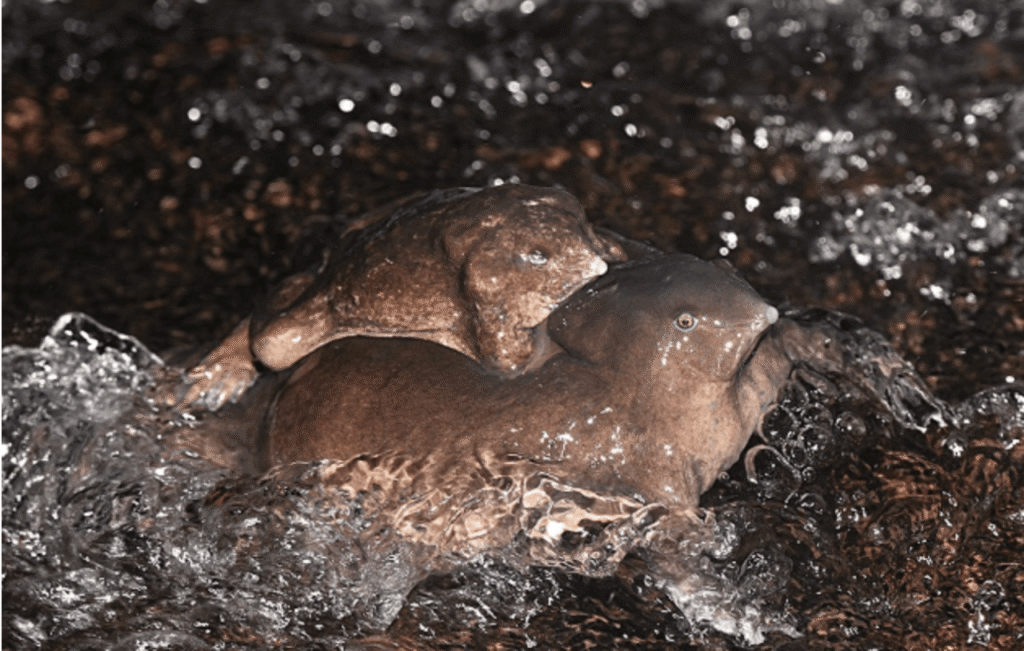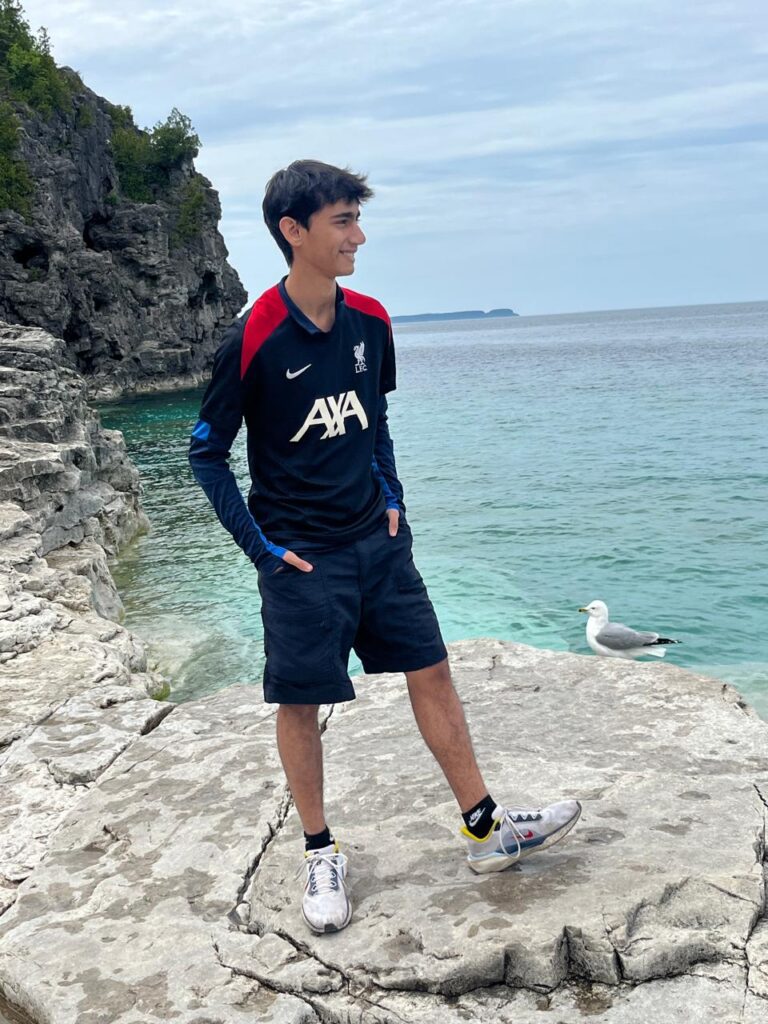This article is being penned primarily with the intent to create awareness about the Purple Frog (Nasikabatrachus sahyadrensis), one of India’s most extraordinary and endangered amphibians. Secondly, the inspiration to do so was from a heartfelt article written by Sandeep Das and published in Sanctuary Asia in October 2019, wherein he describes a substantial time spent understanding the life pattern, threats, and importance of this frog in the Western Ghats of India. He has observed close to 600 breeding pairs and is on a mission to promote the inclusion of the Purple Frog as the State Amphibian of Kerala, India. The reason: the status will ensure heightened protection of this species, which is the lone living representative of a lineage that diverged from other frogs approximately 130 million years ago. With its bloated body, pointed snout, and subsurface habitat, it’s a living fossil from South Gondwana landmass days, before the Indian subcontinent separated from the African mainland. Molecular studies have revealed a relationship with the Zooglossid frog in Seychelles, and this ground-breaking discovery supports the Gondwana Hypothesis.
The facts and photograph used in the article are with due credit and respect for Sandeep Das’s work, in my humble attempt as a student to spread his message to a larger student community. This article is referenced, and I strongly suggest the readers of thecellbot.com to read it, and contribute to spreading his message in any way they can.
The Mahabali of the Marshes
The Purple Frog is truly amazing. It spends around 90% of its life burrowed underground, the body adapting to this lifestyle by means of an ossified skull, well-calcified bones, and shovel-like inner metatarsals. It surfaces only for one single day during the monsoon to mate and lay eggs along fast-flowing stream banks. Here, Sandeep Das draws an interesting parallel with Kerala’s famous King Mahabali, who was banished from the kingdom and returned to see his subjects only once a year, that day being celebrated as the festival of Onam. The Purple Frog was nicknamed the “Mahabali Frog,” forging an endearing link with Kerala’s culture.
The day in the year they surface, it is the male frog that digs a tunnel, calling out to the female for mating. The females, much larger in size, carry the males on their back to lay eggs in rock crevices, fighting various dangers en route. They can lay a large number of eggs, up to 3,600 in one night. However, brown hawk-owls and crabs can hunt the frogs and eggs, and often they have to battle other toads and frogs who fight for the female’s attention. It is sad that the day they surface near small streams, they could be run over by vehicles. Additional common threats to the entire Western Ghats biodiversity stem from excessive crop farming and dam projects that destroy habitats. Therefore, their protection and conservation efforts are crucial.
Designed to Survive
The Purple Frog sets an example of convergent evolution, where similar ecological pressures drive unrelated species to develop similar features. The tadpoles resemble aquatic creatures in distant, unrelated groups, adapted with oral suckers to cling onto rocks in fast-flowing streams. Such anatomical specialization shows powerful evolution through adaptation. The adaptation allows these tadpoles a selection advantage to survive, as they metamorphose into adult frogs in 100–120 days, returning to their fossorial way of life. It was for these reasons they have survived threats for millions of years, and form a living fossil.
BotThoughts
The Silent Survivors Deserve a Voice.
The Purple Frog is listed as “Near Threatened” in the IUCN Red List, primarily due to habitat loss and tadpole harvesting. Yet, its deep evolutionary history since the Jurassic era, highlights the urgency of conserving ancient lineages that carry unique genetic insights into adaptation and evolution. Protecting such species safeguards evolutionary processes that have occurred over millions of years.
I love the Purple Frog’s quiet brilliance. Here’s a species that defied extinction and survived by carving out an unseen, underground niche for millions of years. It’s a powerful reminder that evolutionary marvels are often hidden, and worth protecting.
References
Biju, S. D., and Franky Bossuyt. “New Frog Family From India Reveals an Ancient Biogeographical Link With the Seychelles.” Nature, vol. 425, no. 6959, Oct. 2003, pp. 711–14. https://doi.org/10.1038/nature02019.
IUCN SSC Amphibian Specialist Group (IUCN SSC). “IUCN Red List of Threatened Species: Nasikabatrachus Sahyadrensis.” IUCN Red List of Threatened Species, 2 Oct. 2020, www.iucnredlist.org/species/58051/166098621.
The Mahabali Frog. 10 Mar. 2018, www.sanctuarynaturefoundation.org/article/the-mahabali-frog#:~:text=The%20purple%20frog%20is%20striking,of%20Kerala’s%20most%20popular%20festivals. Accessed 9 July 2025.
Zachariah, Anil, et al. “A Detailed Account of the Reproductive Strategy and Developmental Stages of Nasikabatrachus Sahyadrensis (Anura: Nasikabatrachidae), the Only Extant Member of an Archaic Frog Lineage.” Zootaxa, vol. 3510, no. 1, Oct. 2012, https://doi.org/10.11646/zootaxa.3510.1.3.




